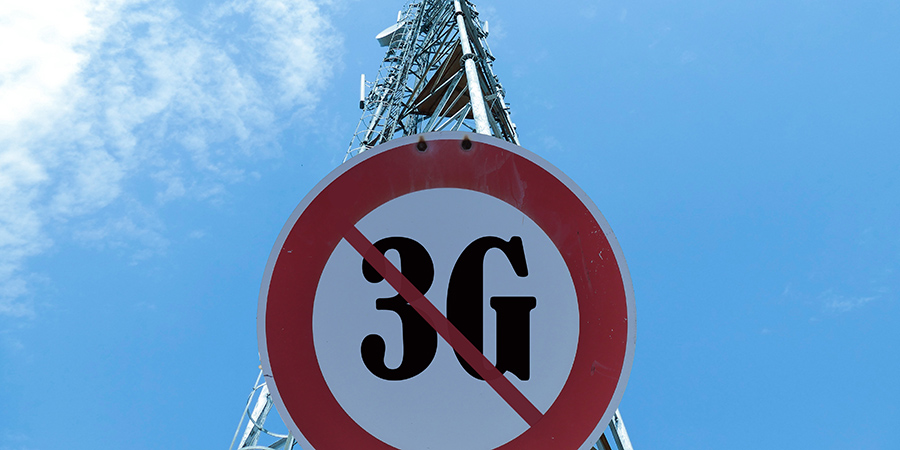Singtel and Viettel Group have announced the joint development of a submarine cable system that will directly link Singapore and Vietnam.
The Vietnam-Singapore Cable System (VTS), the first subsea cable to directly connect the two countries, will have a configuration of 8 fiber pairs, and utilize advanced wavelength division multiplexing (WDM) technology.
Being the first subsea cable to directly link Vietnam and Singapore, the VTS provides a dedicated and efficient communication pathway between the two countries. By bypassing intermediate nodes or hubs, it reduces latency and enhances network reliability, ensuring seamless connectivity for businesses and individuals across borders.
With a configuration of 8 fiber pairs, the VTS offers significant bandwidth capacity to meet the growing demand for data transmission between Vietnam and Singapore. This abundance of capacity enables the support of bandwidth-intensive applications, such as high-definition video streaming, cloud computing, and real-time collaboration tools, without compromising performance.
The utilization of wavelength division multiplexing (WDM) technology allows the VTS to transmit multiple data streams simultaneously over a single optical fiber, each on a different wavelength or color of light. This increases the overall capacity of the cable system by maximizing the utilization of the available optical spectrum.
The subsea cable will be the shortest cable connecting the two countries and have landing stations in Cambodia, Thailand, and Malaysia. These landing stations act as hubs, offering broad geographical coverage and enhanced network redundancy and resilience. Moreover, they provide interconnection opportunities with local networks, and stimulate infrastructure development and economic growth in the region.
The VTS is scheduled to be operational by the second quarter of 2027 and is expected to revolutionize Viettel’s international connections. Additionally, it will provide high speeds and significantly increase capacity by hundreds of terabits per second.
Furthermore, it is expected to enhance the robustness and security of the network while creating new pathways in the southern region.
The development of the new subsea cable is in line Vietnam’s 2030 strategic plan, which aims to enhance the country’s submarine cable network by including at least 15 systems with a combined capacity of 334 Tbps. Viettel is committed to supporting the government’s plan by establishing at least two Vietnamese-owned cables by 2030.







